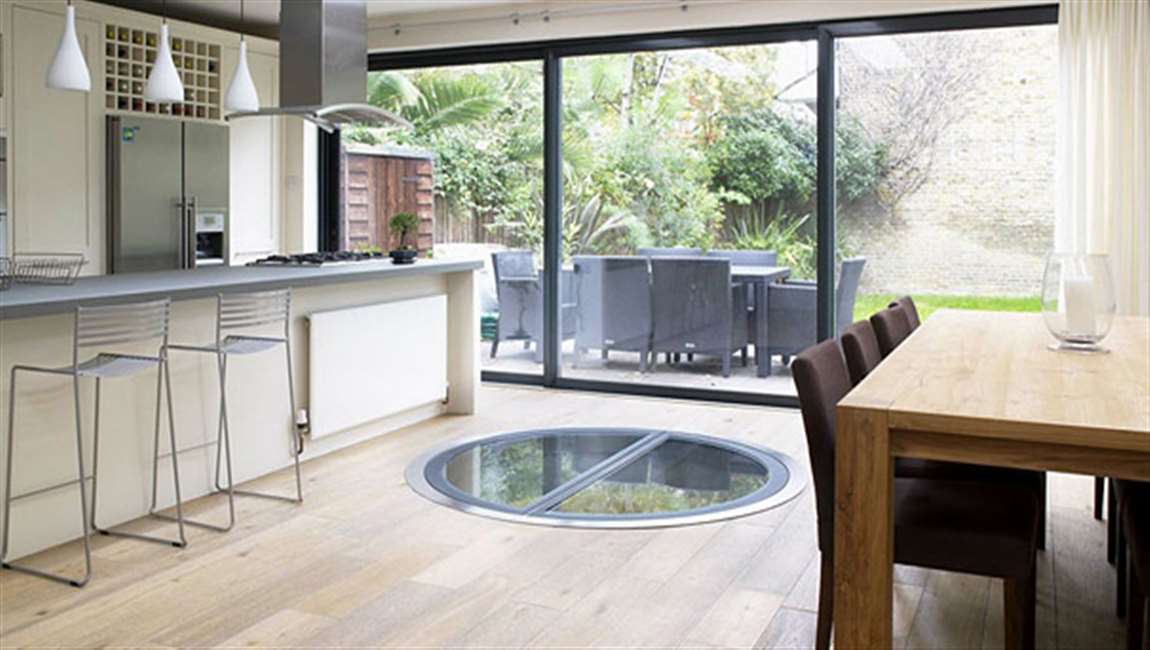How Cleaning Grout Between Floor Tiles with Hydrogen Peroxide, Baking Soda, and Dish Soap?
Make a paste. Mix ¾ cup baking soda, ¼ cup hydrogen peroxide, and 1 tablespoon dish soap. This highly effective paste cleans the grout in three ways: The baking soda works as a natural abrasive to scrub the grout.
The hydrogen peroxide chemically reacts with the baking soda releasing bleaching oxygen ions. The dish soap helps loosen dirt and remove grease. NOTE: The bleaching action of the chemical reaction may affect colored grout. Test a hidden corner before cleaning the entire sptos floor.
Apply the paste with a nylon bristled brush. A toothbrush or a nylon scrub brush work well. Be sure to apply the paste to the grout between all wood tiles and around the edges for a uniform clean look. Let the mixture sit on the grout for 15 minutes. You may see a bubbling reaction as the baking soda and hydrogen peroxide interact. Give the paste time to work its way into the grout to fully remove any stains.
Rinse the grout with warm or hot water to remove all of the solution. Pour a small amount of water directly onto the tile floor to rinse the solution off the grout. Use caution as wet tiled floors can be very slippery.
Use a rag to wipe the grout to remove any leftover residue or dirt. Clean the remaining paste out of the grout by gently scrubbing the floor with a towel. This can be done by standing on a towel and shuffling the towel across the wall floor with both feet or by crawling and scrubbing as you go.
Mop the floor with clean water. Ensure that no soap or residue is left behind by thoroughly mopping the rustic floor with a cotton or sponge mop. Rinse the mop and change the water often to get achieve a clean finish.











